
Because, he says, that’s how we prioritize quality and equality. If there’s one chef synonymous with locavore, seasonal fine-dining, it’s Rene Redzepi, whose always-in-demand Noma will be closing at the end of 2024. Little wonder his recent pop-up in Kyoto sold out in under an hour. We took the opportunity to chat with him about the future of food, the joys and challenges of working in Japan, and what’s next.

TWITCHING SHRIMP, BUBBLING SEEWEED shabu shabu, and citrus sorbet in the shape of clams. What may sound like uncut footage from The Menu were all courses served at Noma Kyoto’s 10-week pop-up inside the Ace Hotel Kyoto.
It’d been eight years since Rene Redzepi’s pop-up in Tokyo, and his shift south, to the cultural capital of Japan, is evident in his creative and hyper-local take on Japanese cuisine. The culmination of years of research and building relationships with local purveyors and creators led to an all-Japanese menu that sold out in 37 minutes.
The menu, by contrast, spanned four hours and 16 courses. I wish I could tell you to try it, but the pop-up is now a wrap – making me one of the lucky relatively few people who will be able to say they ate Redzepi’s food before he closed his famed, top-ranked, longstanding-foodie-mecca, Copenhagen restaurant Noma, which he announced in January that he’ll do by the end of next year. I was also lucky enough to chat with him about his experience in Japan, the future of food, and what’ll be coming out of the kitchen soon.
T+L SEA: What is it about Japan that inspired you to do another pop-up here? And specifically Kyoto?
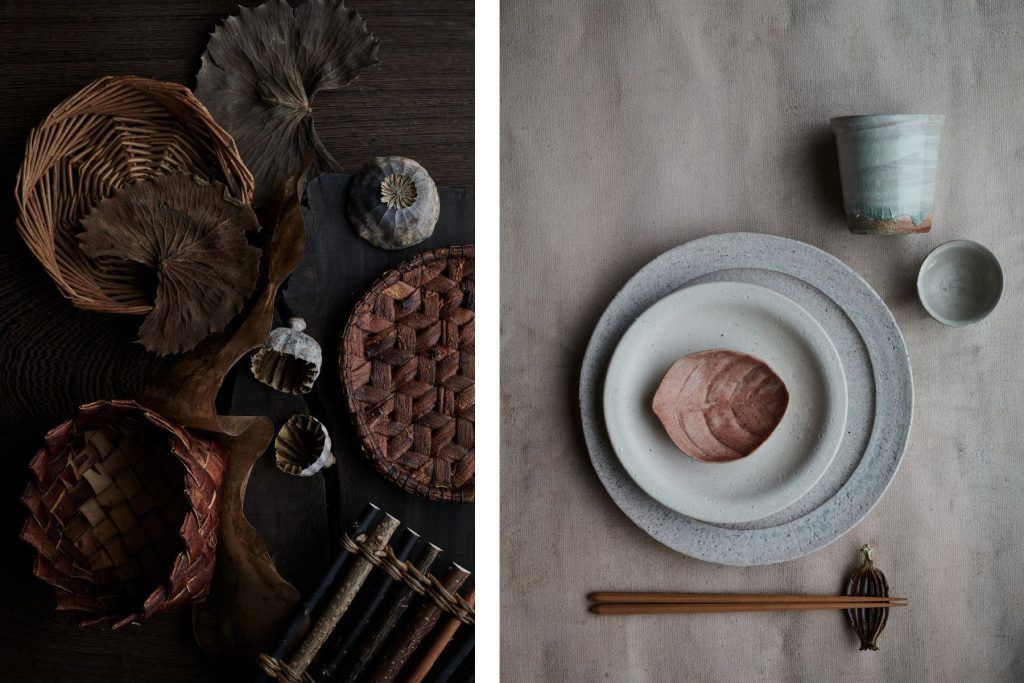
Rene Redzepi: It really came about during the pandemic. It was April 2020. I was on Instagram, and the world was shut. I was bored. I was following the thread of the Japanese architect Kengo Kuma, and I stumbled upon the new hotel that he had just designed in Kyoto, and I really liked it. From that, we sent them an email simply asking them if they’d like us to come and do a pop-up.
Kyoto was the first place I visited in Japan some 15 years ago. I ate all around at all the best restaurants both in the city and a little bit outside. Everything from bear hot pot to tonkatsu and delicious noodles, and I was blown away by the dedication to quality, the dedication to tradition. I was awestruck by it all. I knew that I wanted to somehow be back.
The interesting story is that when we first wanted to do a pop-up in Japan, I wanted to be in Kyoto. But at that time, we were recommended not to be in Kyoto because eight years ago, we were not so well known, and perhaps we wouldn’t be able to fill up in Kyoto, and so Tokyo was a safer bet. But I always wanted to be back in Kyoto and learn from this magnificent place of tradition and craft.
T+L SEA: What were the greatest joys of doing this pop-up?
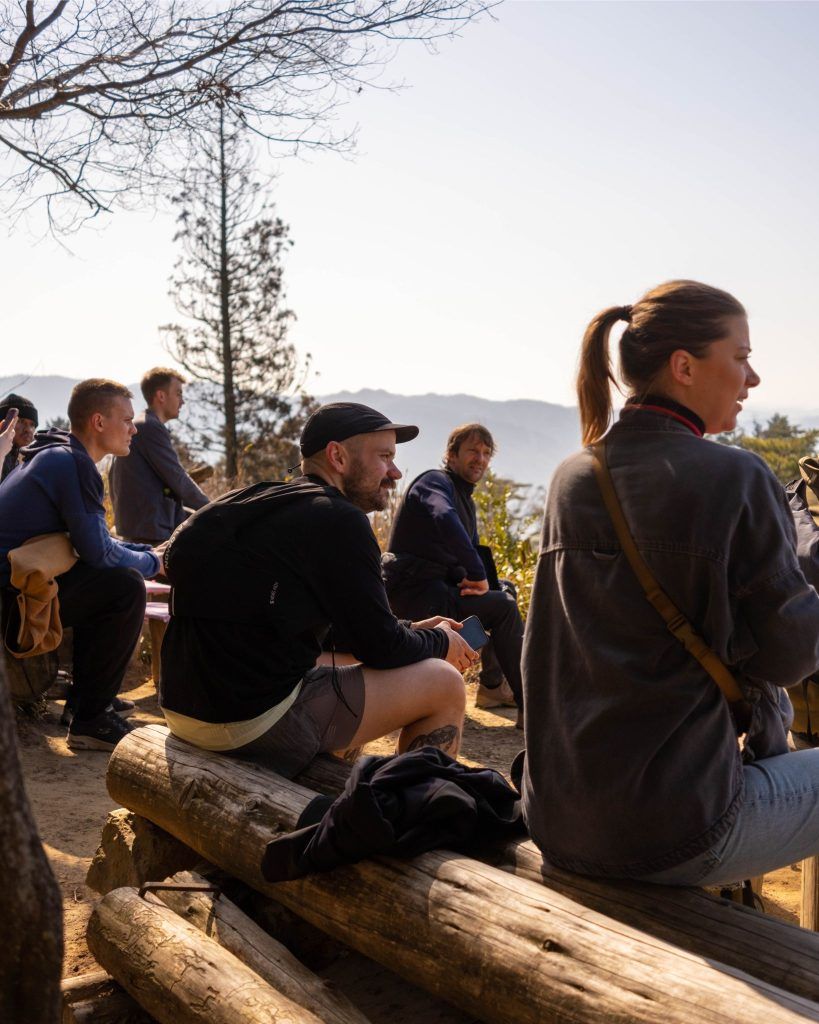
Rene Redzepi: Well, there are many. Living in a different place on Earth for a little while. Having a new routine. Having new friends. Tasting new foods, and just living in a different part of the world for five months with all that it offers.
Working with your colleagues more closely, that’s really one of the greatest joys. Imagine all of us here, more than 100 people, including children and spouses, and we’re all here together. We’re all novices.
T+L SEA: And how about the greatest challenges?
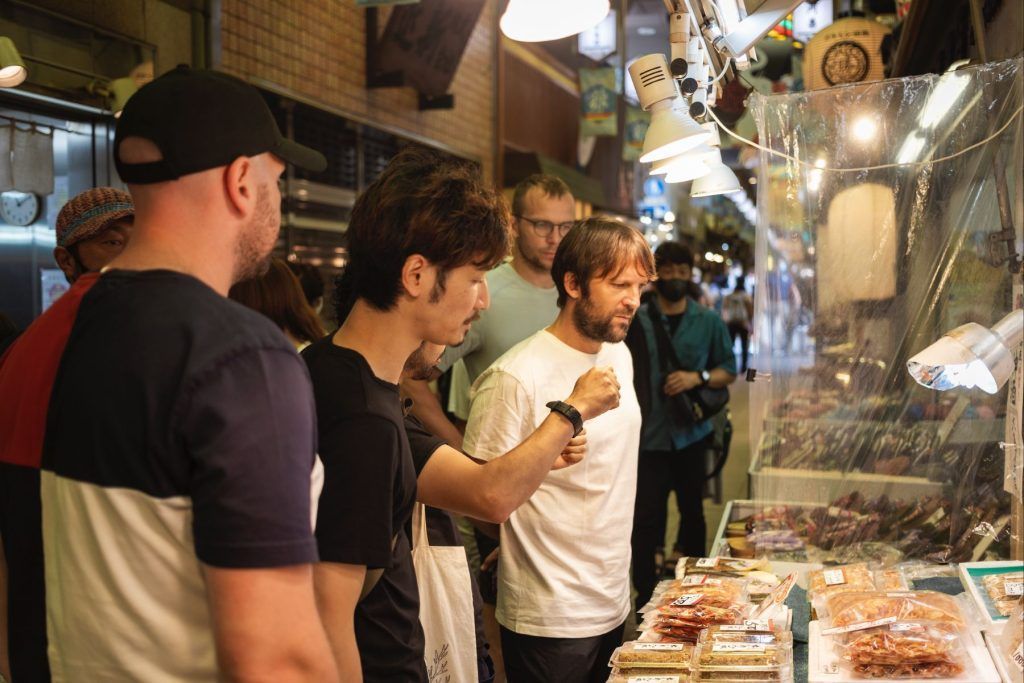
Rene Redzepi: There are so many of them as well. First of all, we don’t speak the language. Everything goes through a translator; it’s a gigantic barrier. Japan is also a society of connections and introductions and relationships, whereas back home if you have money to pay, you’ll be offered almost any product that you want. Whereas, in Japan, it doesn’t really work like that. Building relationships and having people trust you is a challenge as well, albeit a nice one.
T+L SEA: How do you think we can make fine dining better for Earth?
Rene Redzepi: Fine dining food, in general, can and should be better. Better food, better quality. There’s much work to be done. I really, wholeheartedly believe that food is everything we have. It’s the most important thing in our lives. Food can make us happy and healthy, and it can do the opposite as well.
The biggest challenge I see going forward is how we value our food and what we eat. That is a great challenge. It is the most valuable resource we have, yet it’s also something seen as a cheap commodity. We throw away the vast majority of our food. In my opinion, that’s where a lot of the challenges lie.

We should probably be spending more time, more energy and probably a lot more money for the food that we eat—on all levels. Not just in fine dining, but also food in markets, a Snickers bar, everything should and probably will cost much more in the future if we are to really have our values align with food.
Meaning, we want to move forward in a productive, sustainable way with fairness for everyone who works in food and also making considerations that are good for the Earth. This will all mean that we have to value and change the perception of how we value food because it will raise the cost of food tremendously. And I see no problem with that.
T+L SEA: Where might you do your next pop-up? Maybe another in Asia?
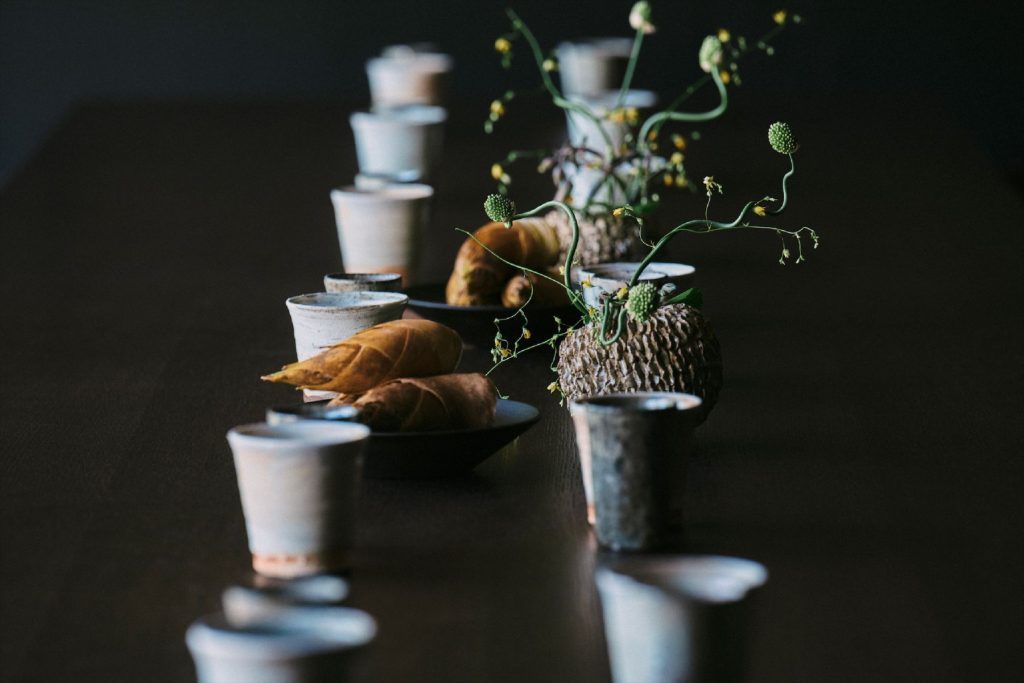
Rene Redzepi: We are already working on another pop-up. We’ve been working on this for a while. I can say that it’s the place I want to be most in the world. I can’t say more than that, and people will never guess where it is. It’s right now 50/50 if it’s going to happen. I can tell you it’ll be extraordinary if it’s going to happen.
T+L SEA: As Noma winds down, what ideas are you playing around with?
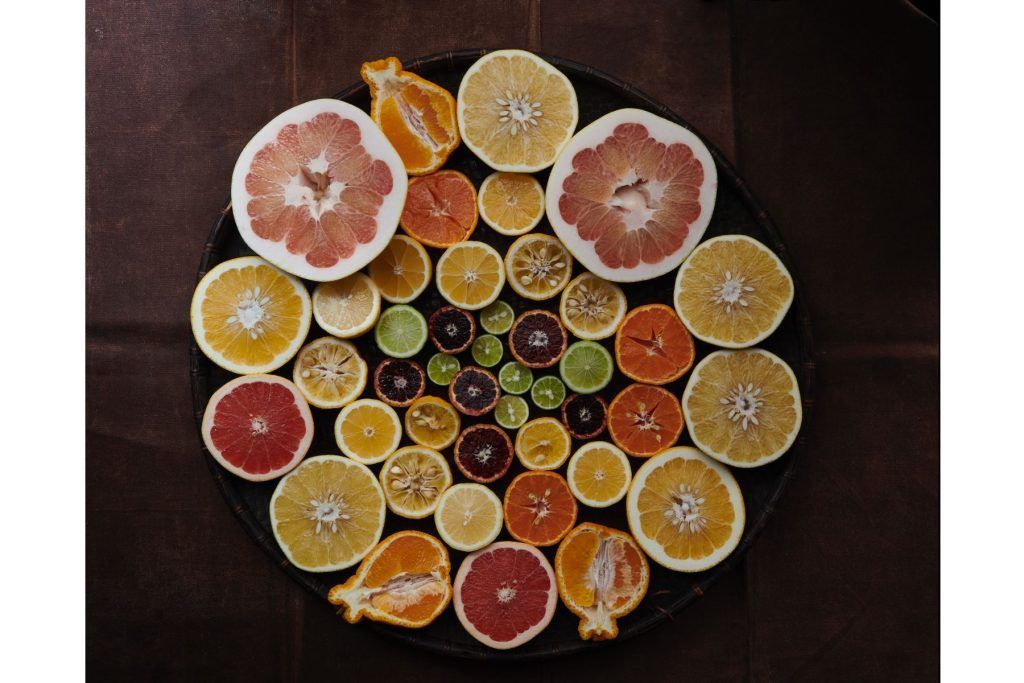
Rene Redzepi: We have many ideas we’re playing around with. The way I plan my mind is we’re always two to five years ahead. So we have Projects that were initiated last year that might come into fruition next year. Much like Noma, Projects was an idea that came about in 2020, and we only recently announced it. Many ideas are coming, and I don’t want to speak to too many of them until they’re actually happening. But we have quite a few cool things coming up.
Images courtesy of Noma, and lede image photo by Amy Tang.














